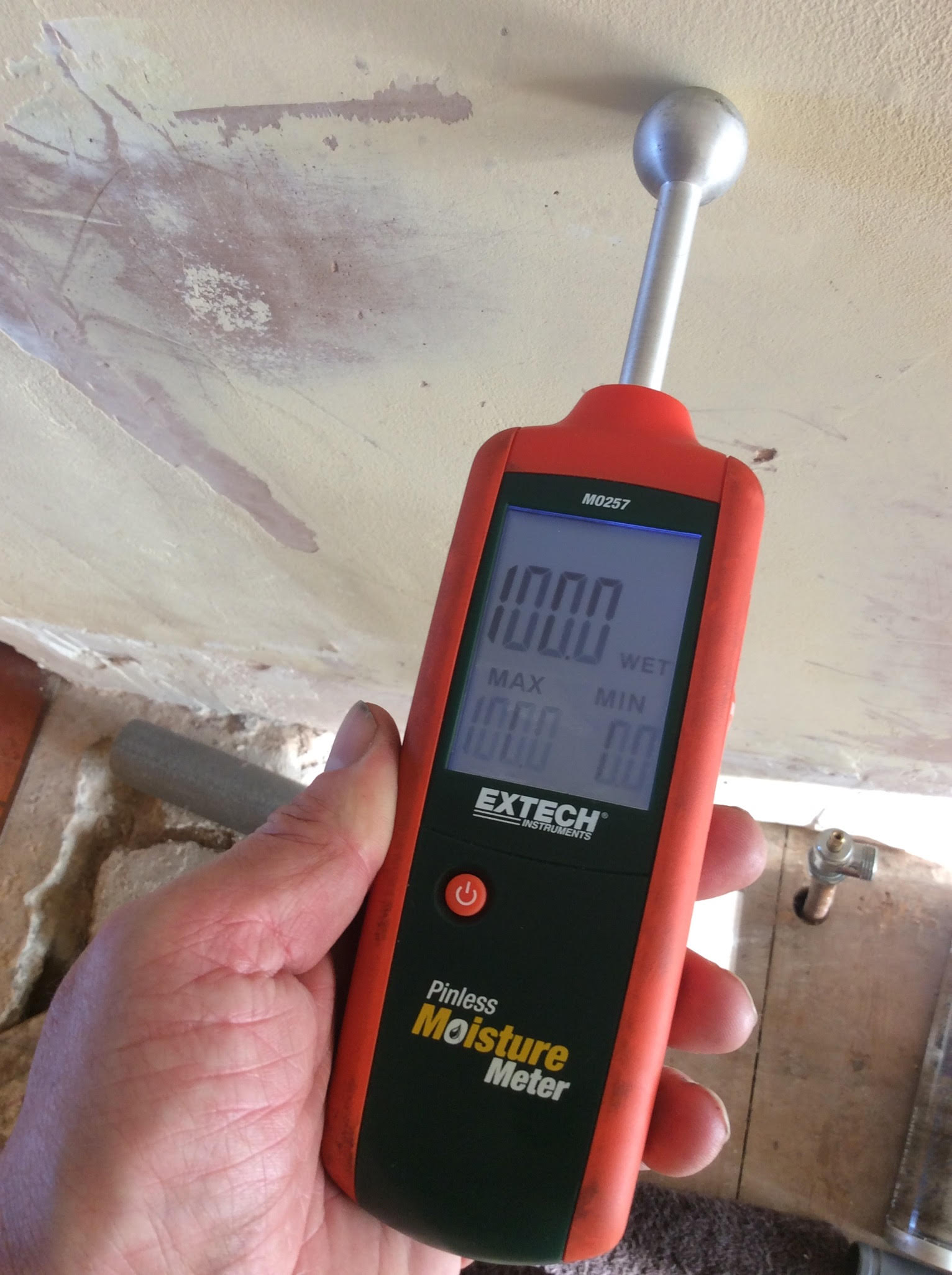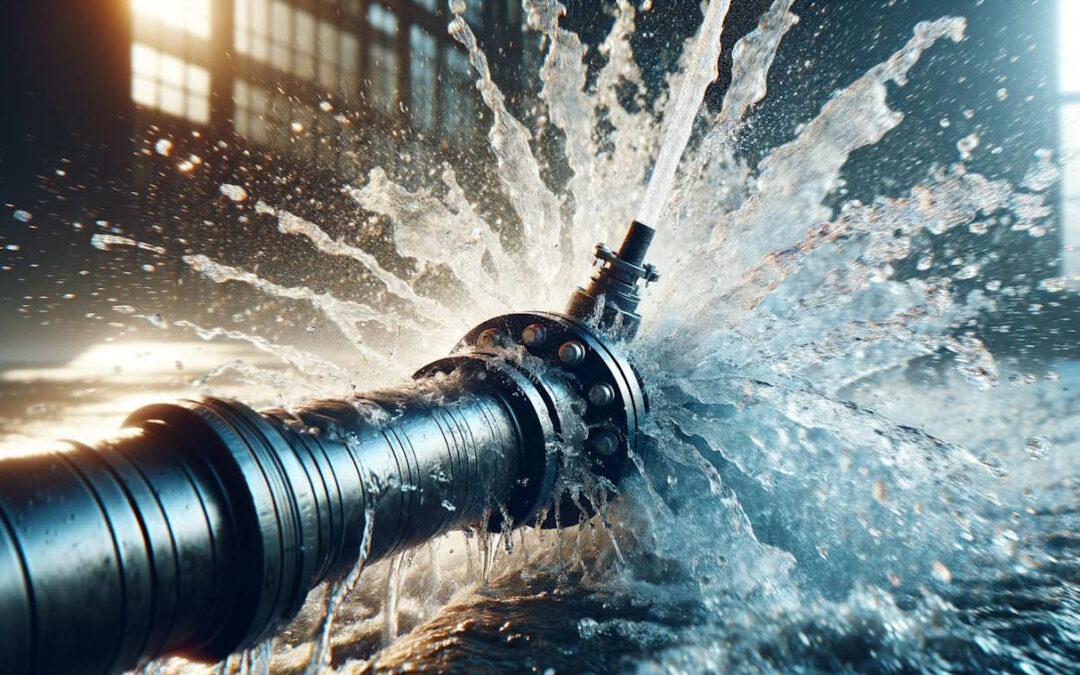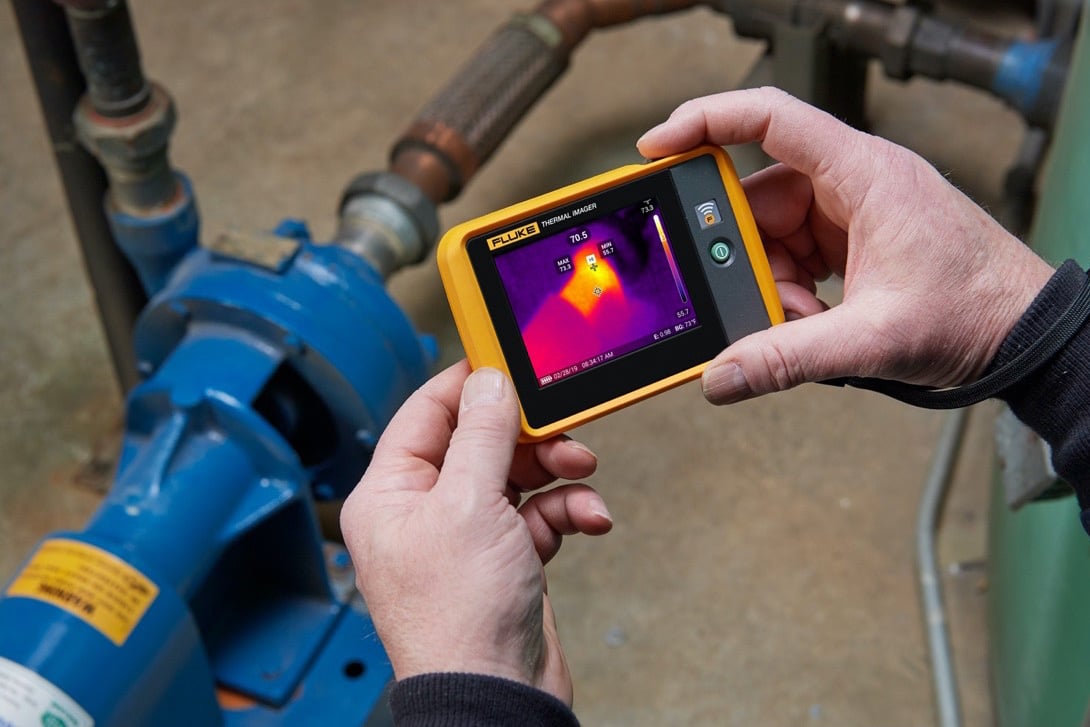Technologies for Precision Water Leakage Discovery in Different Atmospheres
In the realm of water leak detection, the evolution of innovation has significantly enhanced the precision and performance of determining potential leaks in varied settings. From sophisticated sensing unit technologies to AI-enhanced water leak detectors, the devices readily available today provide a vast array of services for finding leaks with amazing precision (water leak detection).
Advanced Sensing Unit Technologies
Advanced sensing unit technologies play a critical function in improving the precision and effectiveness of water leak detection systems. By using innovative sensors, these systems can discover even the smallest leaks in various environments, varying from residential structures to huge commercial centers. The sensors used in modern leak discovery systems are made to give exact and real-time information, permitting quick identification and localization of leakages prior to they intensify into costly issues.

Additionally, advanced sensor modern technologies make it possible for water energies and center managers to execute predictive upkeep approaches, making certain that any kind of prospective leaks or failures are resolved prior to they create interruptions - water leak detection. Generally, the combination of sophisticated sensors in water leakage discovery systems represents a significant advancement in guarding water sources and preserving efficient water circulation networks

IoT-Based Leak Discovery Equipments
The advancement of water leakage detection innovations has caused the development of IoT-based systems that revolutionize the monitoring and administration of water distribution networks. IoT-based leakage discovery systems utilize interconnected sensors, meters, and data analytics to offer real-time understandings right into potential leakages or abnormalities within the network. These systems use several advantages over conventional techniques, including continual surveillance, very early leak detection, and lowered feedback times.
Acoustic Leakage Detection Solutions
Acoustic leak detection options employ sound-based modern technology to pinpoint and recognize water leaks within framework systems. The sensors can separate between typical functional noises and those created by leaks, allowing precise leak discovery without invasive treatments.
One secret benefit of acoustic leak detection services is their non-intrusive nature, as they do not need excavation or damages to the framework for leakage identification. Acoustic technology allows for early leak detection, minimizing water loss, preventing potential damage, and minimizing repair service expenses.
Thermal Imaging for Leak Detection
Using thermal imaging modern technology boosts the precision and efficiency of water leakage discovery procedures by detecting temperature level variations connected with leaks. Thermal imaging cams can determine distinctions in temperature level that may indicate the presence of a leakage, as water normally has a different thermal signature than its environments. This innovation enables non-intrusive and rapid discovery of leaks in numerous atmospheres, consisting of domestic, commercial, and industrial setups.
Among the key benefits of thermal imaging for leak discovery is its capacity to identify the exact area of a leak without the demand pop over here for considerable exploration or excavation. By capturing thermal pictures of the area of home passion, technicians can promptly determine possible leak resources and take needed actions to resolve them promptly. In addition, thermal imaging can find covert leakages behind walls, ceilings, or floorings, decreasing the demand for damaging and pricey techniques to situate and repair leakages.

AI-Enhanced Water Leak Detectors
Enhancing water leak discovery capacities with the combination of synthetic intelligence modern technology has actually transformed the efficiency and precision of determining leaks in numerous setups. AI-enhanced water leak detectors utilize maker discovering formulas to examine data and identify patterns indicative of leakages. These sophisticated systems can process substantial amounts of information in real-time, permitting for speedy detection and response to possible leaks.
AI-enhanced detectors can adjust and boost their leakage detection capacities with time as they collect much more information, eventually enhancing their precision. By constantly learning from previous events and improving their algorithms, these detectors can provide very early warnings for prospective leakages, lessening water damage and facilitating prompt repair services.
Additionally, AI modern technology allows these detectors to differentiate in between real leakages and duds better, decreasing unneeded alerts and enhancing source allotment (water leak detection). The combination of artificial intelligence into water leakage discovery systems represents a significant improvement in minimizing water-related risks and improving total performance in leakage detection processes throughout numerous environments
Final Thought
In final thought, the modern technologies discussed in this short article offer ingenious solutions for precise water leak detection in different settings. Advanced sensor innovations, IoT-based systems, acoustic remedies, thermal imaging, and AI-enhanced detectors give effective link methods for identifying leaks beforehand, preventing water damage and saving sources. By leveraging these modern technologies, sectors and people can proactively check and address water leaks, ultimately promoting sustainability and efficiency in water management practices.